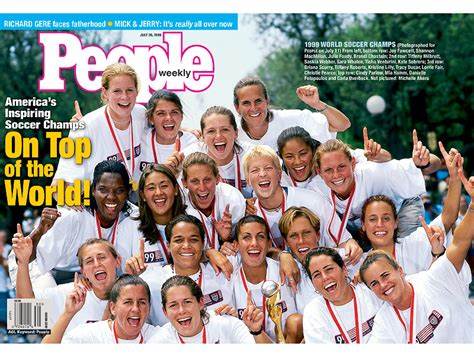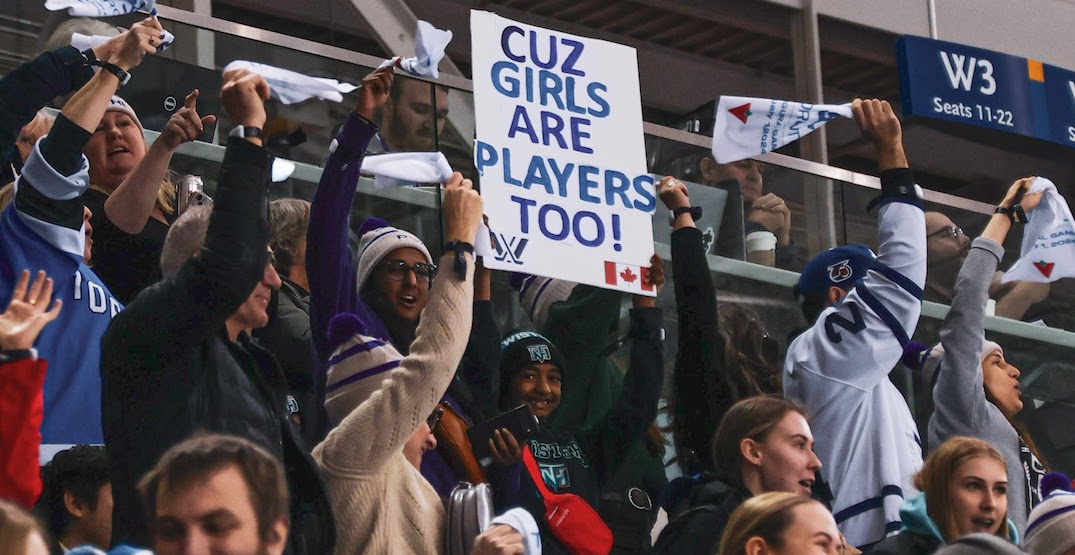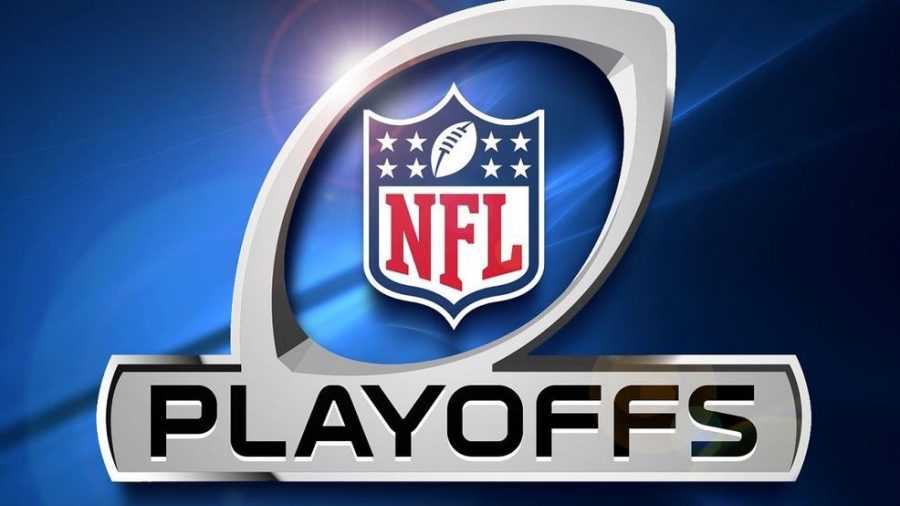The gap between how much men and women make in professional sports is a huge divide. This pay gap is very significant and has caused extreme controversy throughout the world. With men making a large amount of more money than women, the divide currently sits 80-84% since 2004. The salary gap between male and female athletes echoes the huge difference in revenues between the two genders. According to the Bureau of Labor Statistics, the average American woman earns 83% of what an average American man earns.
This stark disparity has hardly even budged for over a decade in this category.
Whether professional male athletes compete in basketball, golf, soccer, baseball, or tennis, they make anywhere from 15% to nearly 100% more than female athletes. Each league and sports organization has its own structure of compensation and benefits. But, while the level of pay varies from sport to sport, every professional sport shows a common reality; female athletes consistently make less than men. Below is a table of the average athlete pay by gender:
Average Athlete Salary by Gender
| Sport | Men | Women |
| Basketball (NBA & WNBA) | $10,776,383 | $113,295 |
| Golf (PGA & LPGA) | $1,042,917 | $346,360 |
| Soccer (MLS & NWSL) | $471,279 | $54,000 |
| Tennis Top 100 (ATP & WTA) | $1,589,024 | $1,039,141 |
| Ice hockey (NHL & PWHL) | $9,500,000 | $80,000 |
Sources: Golf (PGA, LPGA), Basketball (NBA, WNBA), Soccer (MLS, NWSL), Tennis (ATP, WTA), Ice Hockey (NHL, PWHL)
When I asked RHS Junior Giada Campiglia her thoughts on the divide in pay by gender for professional sports, her thoughts were, “Obviously, I think it’s extremely unfair because women should be paid the same amount as men for all the hard work that they put in. I think the reason men get paid more is because they are being broadcasted and put out there more than women.” This is extremely relevant to today’s world because women run into financial problems and are forced to work side jobs because they don’t make enough money to sustain a healthy life. Men don’t have to worry about working multiple jobs because they make enough to sustain themselves financially; while on the other hand, women don’t.
To say that men’s, and women’s sports are equal in popularity would be absurd. Not only are the salaries by gender not equal, the popularity is not equal as well. For example, in the year 2022, the top-paid female athlete was Japanese tennis player, Naomi Osaka. As she was the top-paid professional athlete, she made 51.1 million dollars. The top-paid professional male athlete was Argentinian soccer player Lionel Messi. Messi made 130 million dollars, which is $100 million more than the whole women’s soccer tournament was given in 2019. The tournament was played in France, which included 8 teams and the United States Women.
There were plenty of fans with signs in the stands supporting the women, like “Equal play, equal pay” and “Whatever he can do, women can do too.” The men’s 2019 U.S. soccer team made 99,000 thousand dollars, and the entire women’s soccer league made 30,000 dollars: not by team but by league. The typical salary for each men’s soccer game was 4,950 dollars. The United States men’s team had earned $13 million at the World Cup so far by advancing to the knockout stage, and the women’s team had earned 4 million dollars. They had both won the gold medal and still were not paid equally.
According to statistical research, there are many examples as to why women do not make the same pay as men. In 2019, 14 million people watched the U.S. Women’s National Soccer team defeat the Netherlands to win the FIFA Women’s World Cup, 10.5 million more viewers than their 2001 finals appearance. There are plenty of examples that prove how non-equitable the divide is, but with all this growth, are the earnings of men and women really in line?








